Shade Fixes That Made Our Backyard Way More Enjoyable
When we first moved in, our backyard had plenty of space but barely any shade. In the middle of summer, it was basically unusable by lunchtime. Over the years, we’ve tested a bunch of ways to make it more comfortable without blowing the budget or turning it into a construction zone.
Some things worked better than others, but these are the ones that made a real difference—whether you’re hosting people, watching kids play, or just trying to enjoy your own porch without baking in the heat.
Pergola with a Slatted Roof
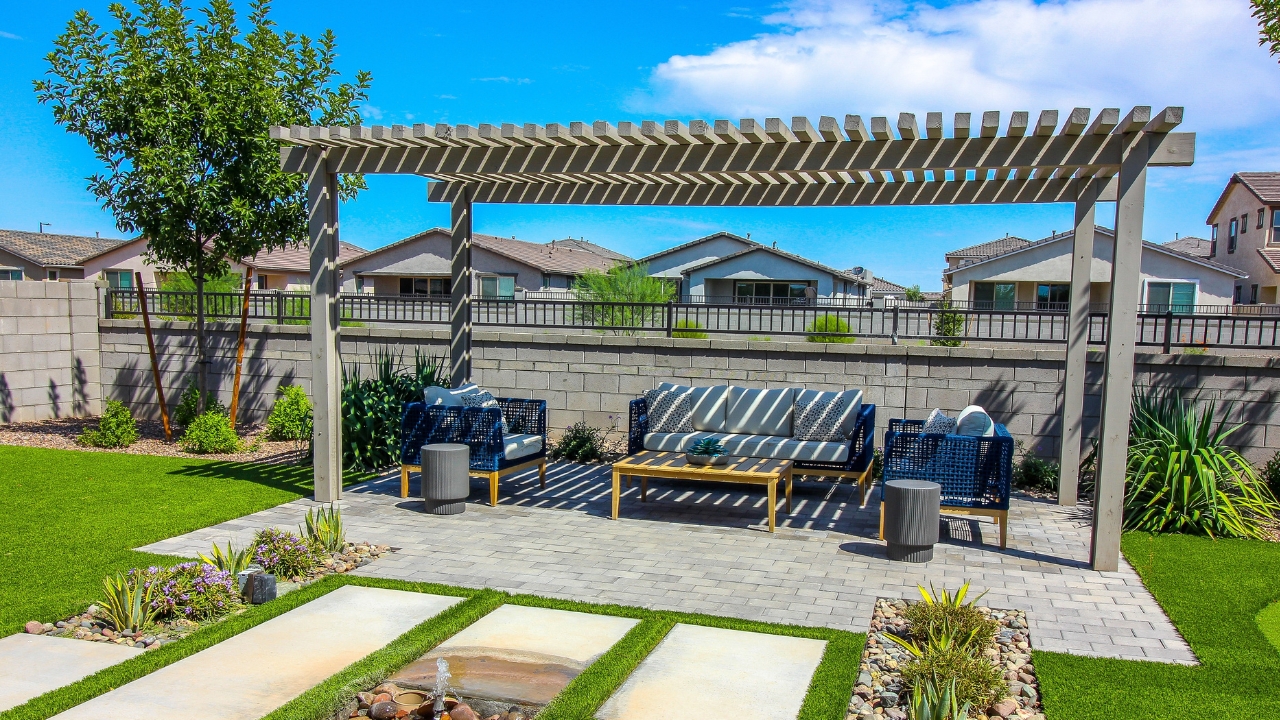
Adding a pergola gave us structure and filtered sun without feeling too boxed in. The slatted roof lets light through but still provides solid relief in the afternoon.
We chose one with adjustable louvers, which gives a little control based on time of day. It also gave us a good spot to hang lights and grow a few vines for extra shade.
Sun Sail Over the Patio
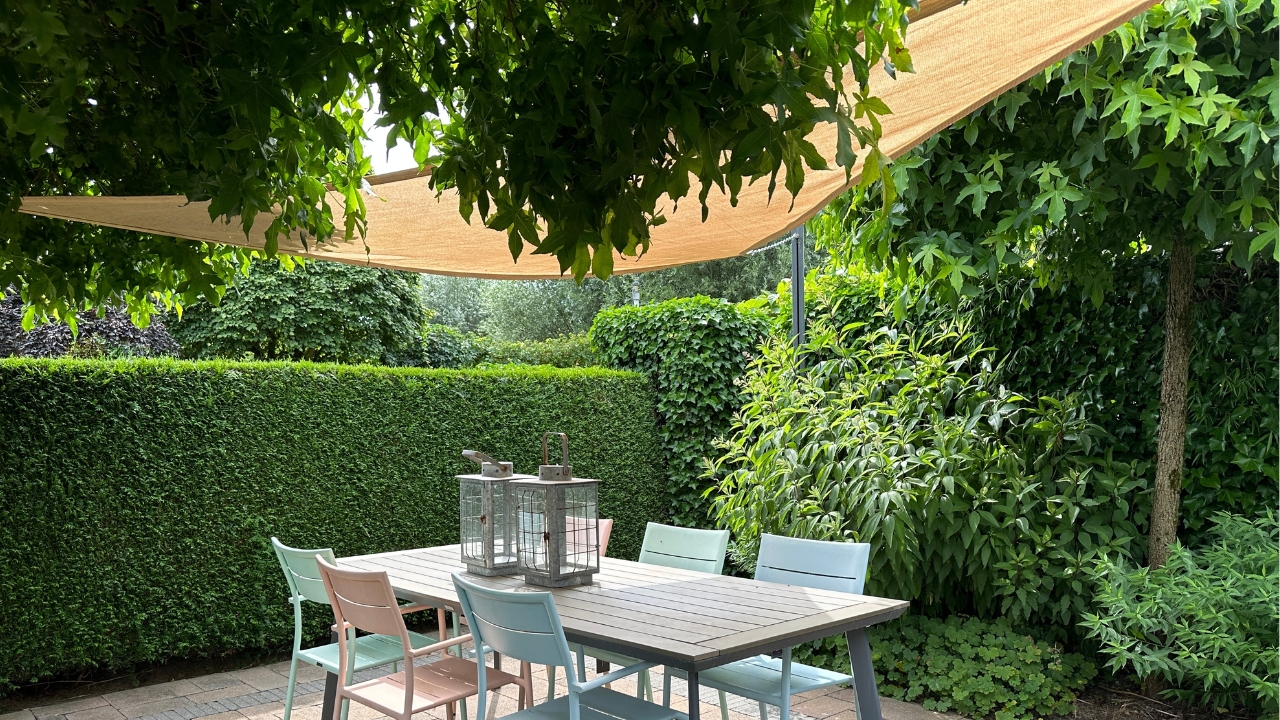
A simple sun sail made a huge difference for our seating area. It’s inexpensive, easy to install, and you can take it down if a storm’s coming.
It blocked the worst of the midday sun and helped define the space without building anything permanent. We anchored ours to the house and a couple of 4×4 posts in planters.
Fast-Growing Trees
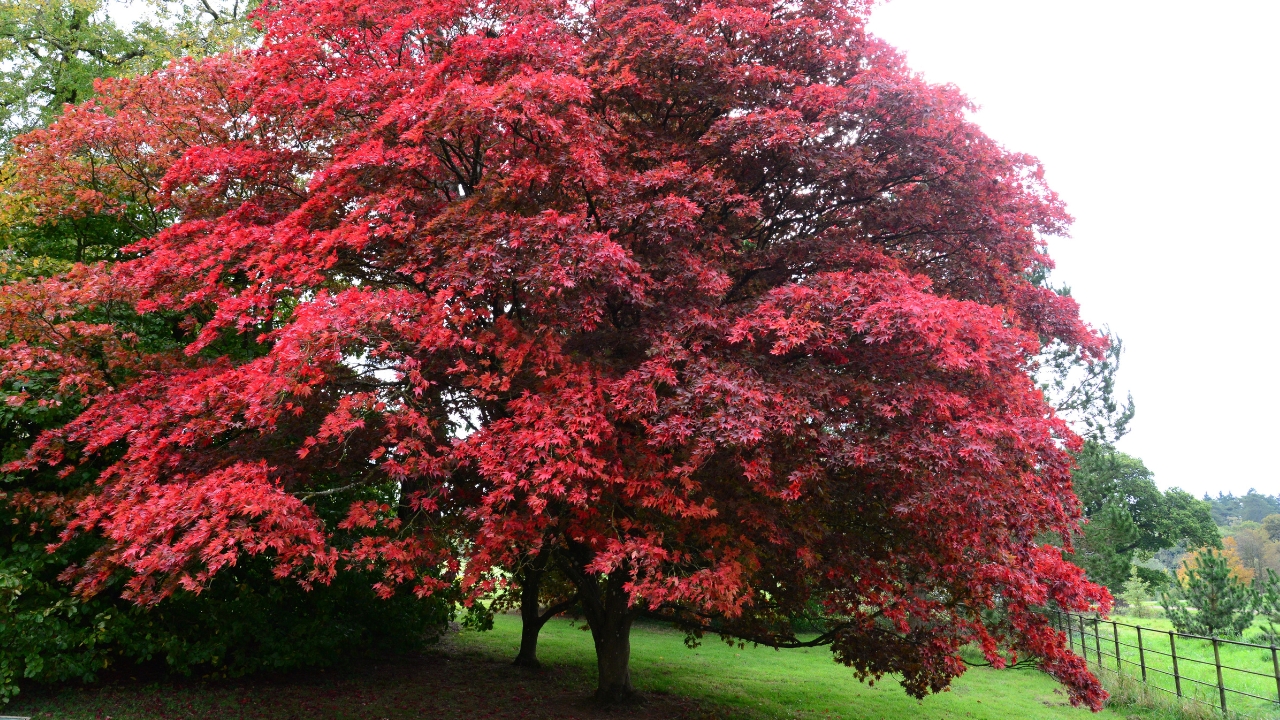
We planted a few fast growers like river birch and red maple around the backyard, and they’ve started to create real shade in just a few years.
It’s a longer-term solution, but it pays off. Trees not only cool things down but also help with privacy and make the whole space feel more finished.
Offset Patio Umbrellas

These are a step up from the little table umbrellas—they cover way more space and can be angled based on where the sun’s hitting.
We got one with a heavy base and a crank arm so it’s easy to adjust. It covers our kid’s play area when needed or swings over the table when we eat outside.
Outdoor Curtains
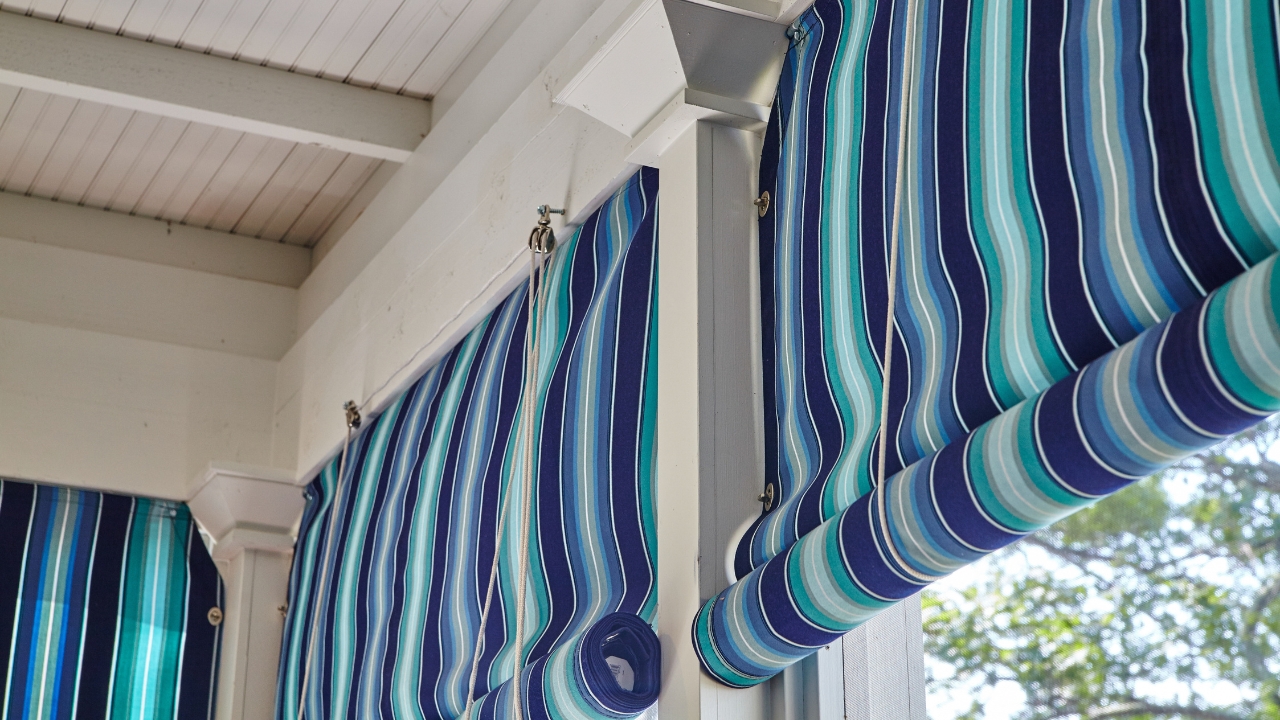
We added weatherproof curtains to the covered porch and it was a game-changer. They block low-angle sun in the mornings and evenings without closing the space off.
They’re also good for wind and add a little privacy when we need it. We used curtain wire and clips to keep it simple and easy to take down if needed.
Climbing Vines on a Trellis

We put up a basic trellis along the side of our patio and trained star jasmine to grow up it. It took a season or two, but now it gives filtered shade and smells amazing in bloom.
It’s a cheap way to create a living shade wall that also looks good. You could do the same with clematis, honeysuckle, or even grapevine if you want something edible.
Retractable Awning
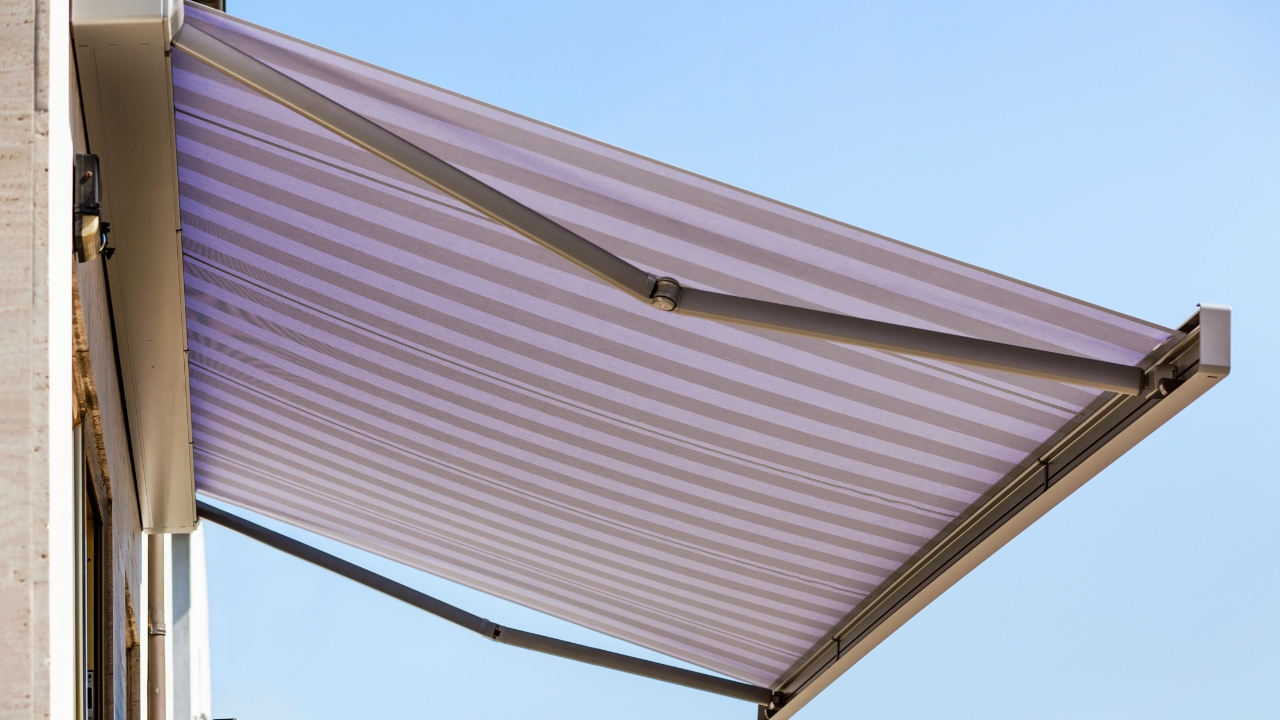
This one cost more upfront but has been worth every penny. We can pull it out when we need it, then tuck it away so it doesn’t block the view or get damaged in storms.
It keeps the back of the house cooler and gives real shade to the patio when we’re using it. If you’re working with a narrow space or don’t want something permanent, it’s a solid option.
Pop-Up Canopy
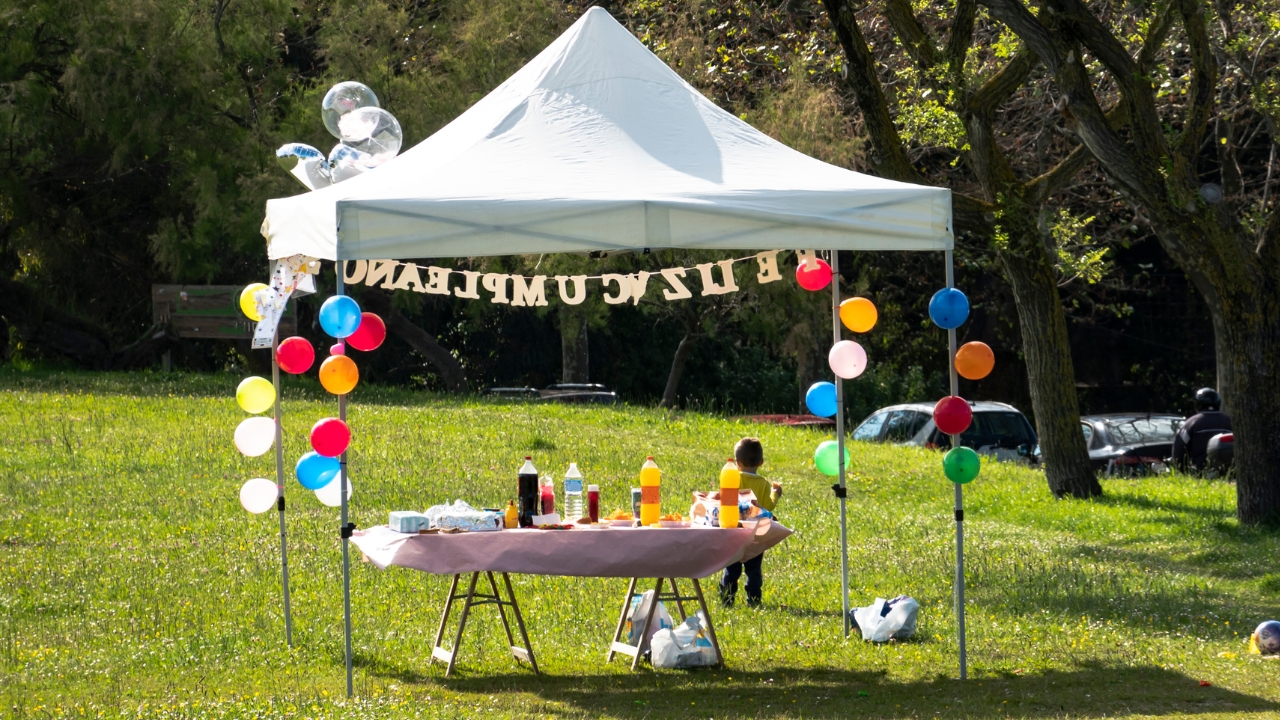
A pop-up canopy isn’t fancy, but it’s easy to move around and great for hosting. We pull it out for birthdays, playdates, and extra shade when we’re working in the yard.
They’re especially helpful if you don’t want to commit to a permanent structure. Just stake it down well if it’s windy—it’ll catch air like a sail if you’re not careful.
Covered Sandbox
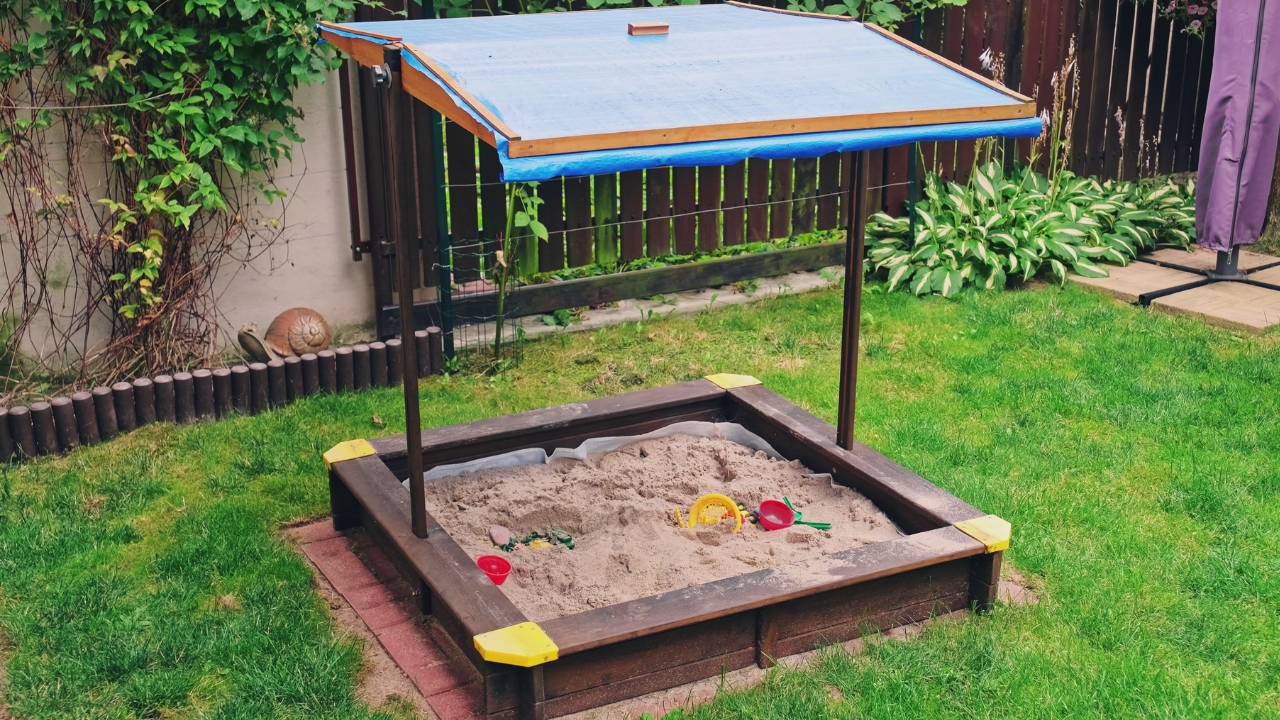
For the kids, we built a small sandbox with a roof over it using leftover wood and a corrugated panel. It keeps the sun off and makes it easier for them to play without getting burned out (literally and figuratively).
It also keeps the sand from getting scorching hot. Shade makes a bigger difference for kids’ play areas than we realized before building it.
Potted Trees Around Seating
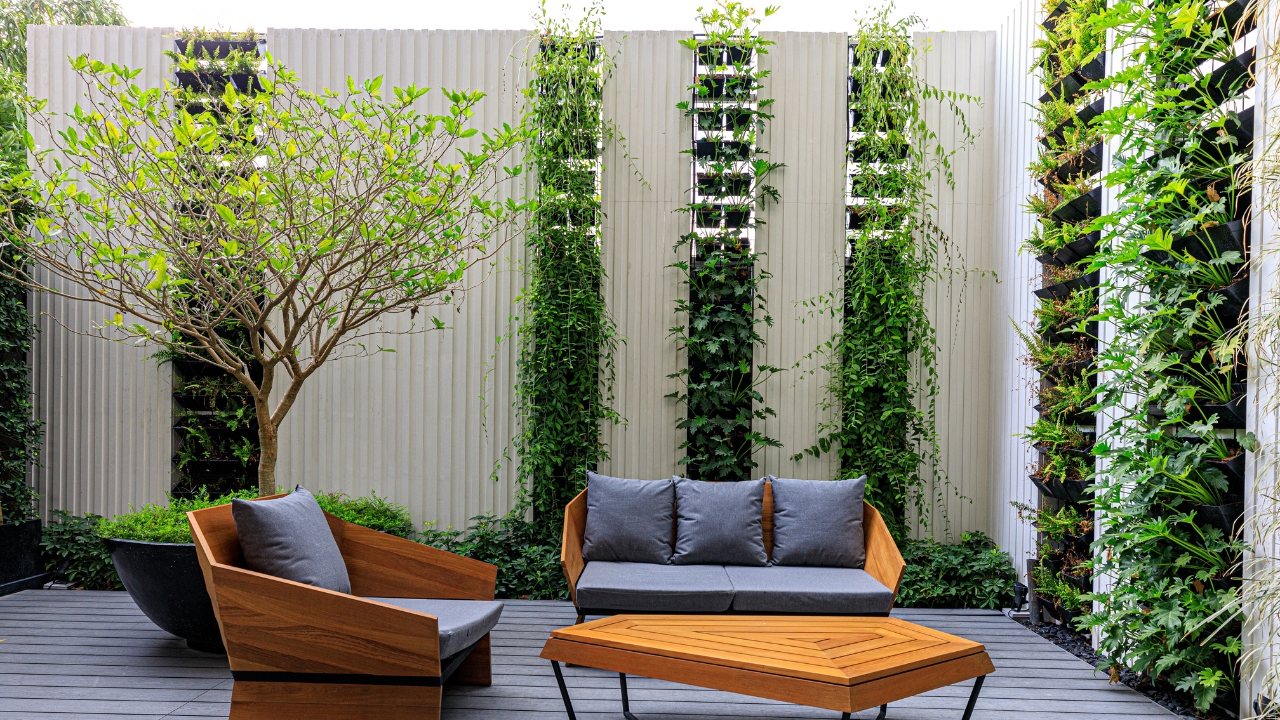
We added potted trees—like small crape myrtles and dwarf citrus—around the patio, and they’ve helped create movable shade while also making the space look more finished.
They’re not huge, but grouped together they offer decent cover, especially in the late afternoon. Plus, if one fails, it’s easy to replace.
Shade-Loving Plants Along the Edges
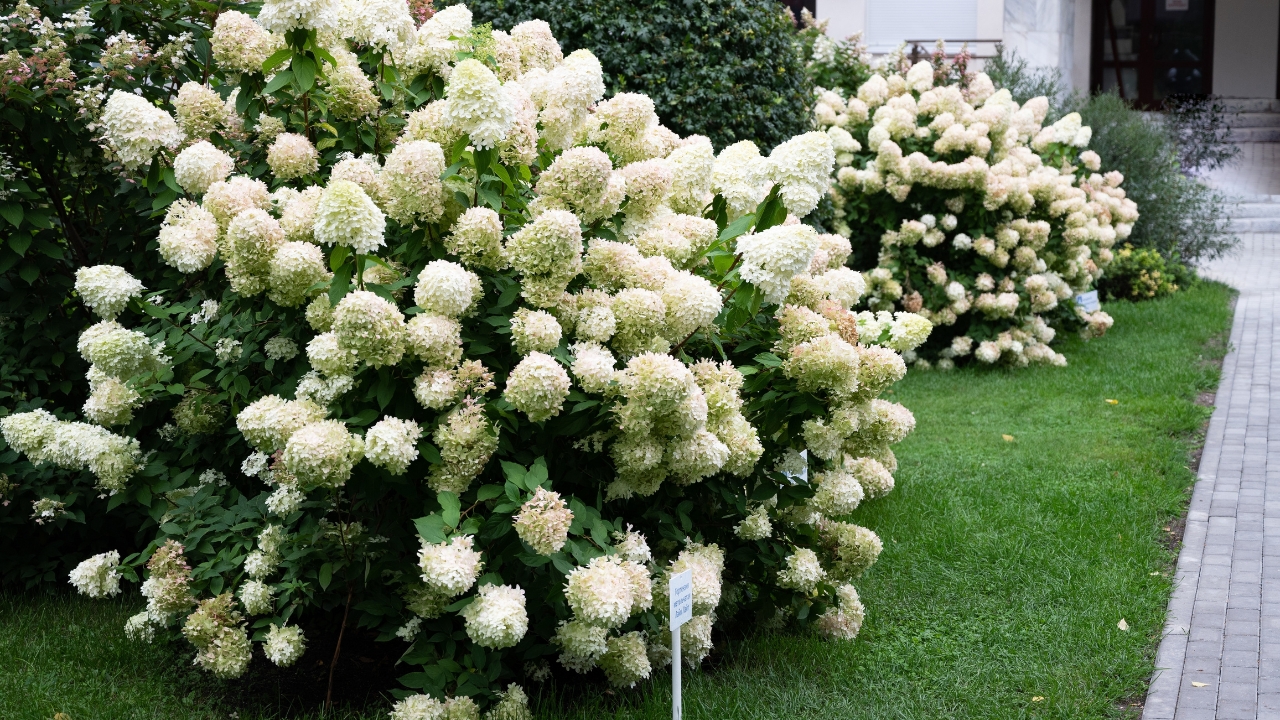
Planting ferns, hostas, and hydrangeas along the shadier sides of the yard helped soften the space and made it feel cooler visually, even if they don’t provide actual shade.
It’s more of a bonus move, but it helps the space feel lush and inviting, especially when you’re already working to cool things down in other ways.
DIY Shade Cloth Setup
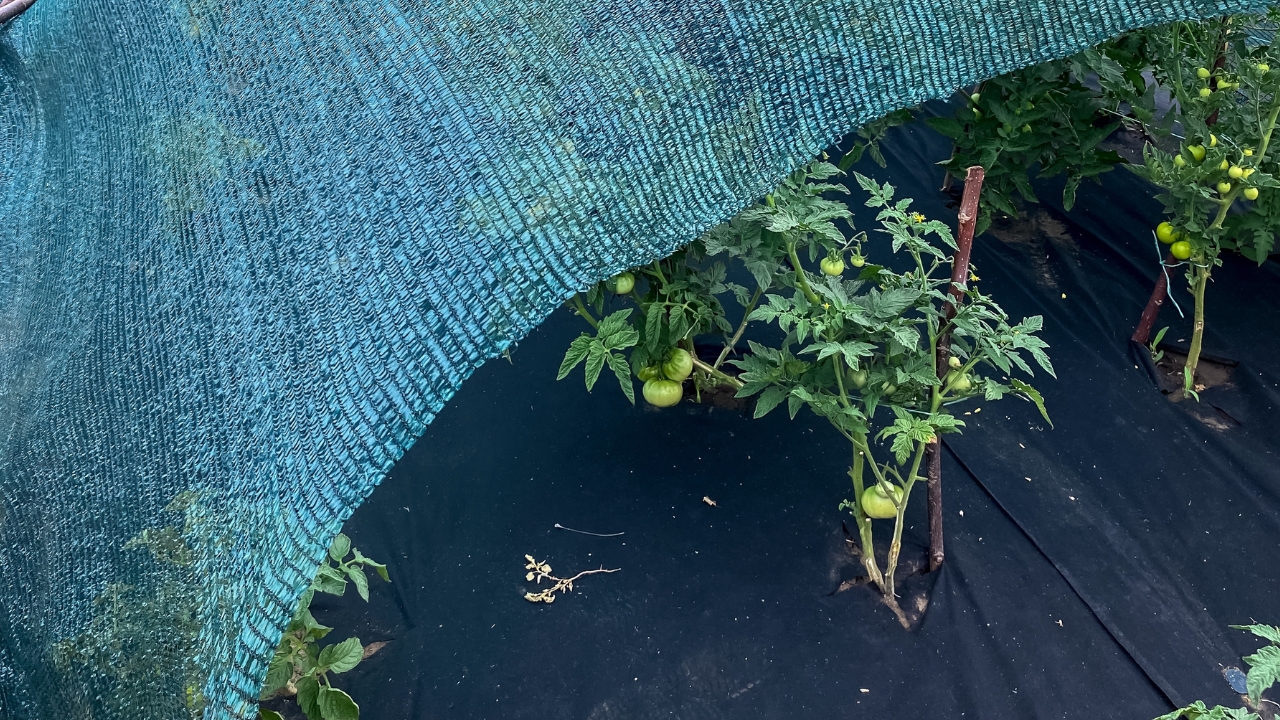
For our raised beds, we rigged up some simple shade cloth on PVC hoops to keep the sun from cooking our lettuce and herbs. You could scale the same idea up for a seating area or kids’ play spot.
Shade cloth is easy to move around and takes the edge off the heat without cutting out all the light. It’s not the prettiest solution, but it’s super practical.
*This article was developed with AI-powered tools and has been carefully reviewed by our editors.







